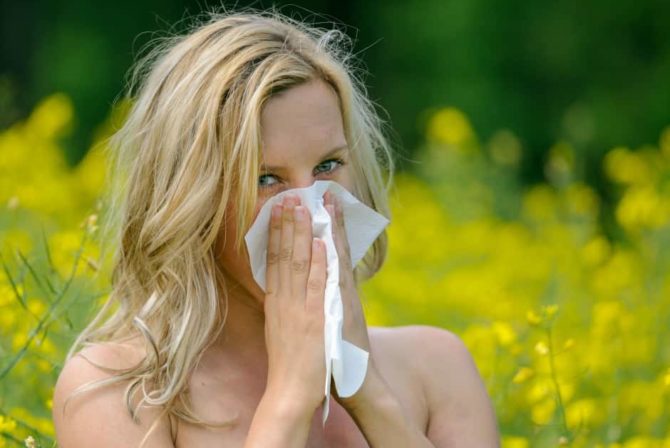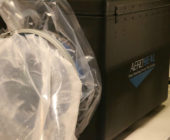
From camping out in the woods to weekend beach trips, there are tons of things to love about the summer. But spending an ample amount of time outdoors creates a greater risk of coming in contact with allergens.
If you suffer from allergies, you’re not alone. One in five people in the United States suffers from seasonal allergies. Allergens are in the air at all times, and they are especially prominent in the south. Texas, specifically, is known for plants that produce allergens, making it one of the top five worst places to live for people with allergies – especially spring allergies.
Due to last year’s virtually non-existent winter, allergy season arrived a little early this year, resulting in a spike in coughs and colds. As allergies vary by season, it’s important to know which allergies are the worst at that time of year. Pine, oak pollen, ash and cottonwood are all spring allergies (which are typically far worse than summer allergens) and produce awful flu-like symptoms.
But don’t be fooled, allergens like mold, dust mites, ragweed and bermuda are extremely harsh in the summer and can be equally as bad as spring allergies. Grass is the ultimate summer pollen, and roaring lawnmowers make sure that there is plenty of it in the air. Humidity and hot air cause mold to grow all over the home. The spores find their way into the air causing allergy sufferers an extremely hard time.
It’s important to make sure that your indoor air quality is of the utmost standard. Poor indoor air quality can lead to allergy symptoms like runny nose, cough, sneezing and itchy eyes. To avoid unhealthy air quality, regularly check and change your air filters. Dust, mold and other allergens can build up in your filters and enter back into your home if the filter gets too clogged.




